If your cat is anything like the norm, trimming their nails is not necessarily an easy thing to accomplish or consent to having done. Hiding at the first sight of the nail trimmers, scratching to get away from your “evil clutches” or meowing at the top of their lungs is pretty common for all of us, although every cat is different. Over time, we’ve gathered some of the top tips for making this chore as peaceful as possible for all parties involved.
Preparation & Some Common Vocabulary:
Having the right tools is key! We like to use these cat trimming clippers since having the rounded blade 
Special Treats. If there is any time in your cats life for positive reinforcement to minimize a possibly traumatic experience, it is now. Have treats nearby to ensure your cat can be praised for their good behavior!
A Towel. Many people like to use a towel to wrap around their cat which can help make the cat feel safer and calmer.
The “Velvet Touch”. This is a term we came across often when first researching nail trimming. It is an exercise that you can do anytime your cat is in snuggling range. Take your cats paw in your hand and gently stroke both the top and bottom, eventually getting to the point where you can lightly press the underside of the paw to extend the claws. This will get your cat used to you touching their paws and ideally make later trimming sessions not such an intrusive procedure.
The “Quick” of the nail. Some have never even heard of this before but it is a VERY important part of your cats nail.
This is the living part of the nail where the blood supply and nerves are contained. If your cat has light nails, you’ll be able to see the pink part; this is the “quick” and should NEVER BE CUT!
Not only will this cause bleeding, but it also can damage any trust you’ve built up, making the next attempt at trimming more difficult. ALWAYS only cut the tip of the nail and DO NOT go beyond the curve. When trimming your cats nails, less is always better. If you have any anxiety or concerns before trying to do this yourself, have your vet give you a demonstration until you are more confident.
“Nail Trimming Position”. Collect your cat and place it with its rear on your lap and its back towards you. We like to kneel down and set the cat in between our knees so they cannot back up and out of our grasp OR claw our legs. This is really only helpful for the front paws unfortunately.
Okay, so now that you have your supplies, a bit of knowledge and prepped your cat as much as possible, here are some additional tips that may be of assistance.
Tips:
-
DON’T RUSH! Your cat can likely pick up on your emotions, so going at this task calmly and slowly is your best bet. You may only be able to do 1 paw, or even a few nails, at a time which is perfectly fine. Showing your feline that it’s not a traumatic event is what’s important until they get used to it.
-
FIND A QUIET SETTING. Don’t clip their nails where there are other animals (if possible) or distractions. Avoid windows as well where unknown factors can appear and startle your cat.
-
WAIT FOR THE RIGHT TIME. Choose a time of day where your cat is more relaxed, such as right before or after a nap or after eating when many cats become sleepy. In our home, our cats are such deep sleepers that occasionally we can grab the trimmers and do it while they’re deep in dreamland!
If you want to use playtime, exercise or even catnip to wear your fur-baby out, allow some time to pass for them to calm down and don’t try to trim their nails while they may still be in “play mode”. Catnip effects usually last about 10-15 minutes, or you’ll probably be able to tell when the crazies wear off =)
-
START YOUNG. The best method to get your cat used to this procedure is to start as young as possible.
If you adopted an older cat, don’t worry, they can eventually get used to this too. However, if you can get your kitten into the habit at an early age, you may be saving both of you a lot of future drama!
-
INFLATABLE COLLAR. Some testaments we read suggested using an inflatable cone (we use the
ProCollar when medical issues arise) and that this can help eliminate biting during the trimming process. It’s going to be up to you to decide if this is something you want to try with your cat–if the reaction to trimming warrants it. The collar itself doesn’t hurt. However, if nail trimming doesn’t go well, it may be associated with negative interactions.
-
MULTIPLE PEOPLE. Some people cannot complete this solo or feel another set of hands would be beneficial. You should find another person your cat is comfortable with that can assist while trimming.
-
HAVE YOUR VET DO IT. It is absolutely okay to have your local veterinary office trim your cats nails for you. Do not feel guilty that you are not comfortable with doing this, let the professionals handle it =)
Once you and your feline companion can get into a routine, you likely only need to do this monthly.
Check your cats nails regularly to be sure they are not getting too long. Scratching posts in your home will also help your cat maintain their nails themselves. These can be great for redirecting undesirable scratching behaviors.
Claws are a very important part of a cats anatomy and a vital part of their health and well-being. From their inherent instincts of marking their territory by visually scratching and scent glands in their paws, to protection to simply assisting in balancing, climbing and to stretch their muscles, PAWS NEED CLAWS!
One of the worst things we believe that can happen to a cat is to be declawed!
Declawing is a non-humane surgical procedure equivalent to a mini amputations. IT SHOULD NOT BE USED AS AN ALTERNATIVE TO NAIL TRIMMING! Individuals that choose their material belongings over their cats health and happiness may be causing various medical issues later. Many unfortunate declawed cats suffer from numerous behavior issues, joint pain, litter box issues and/or biting…even death. Visit our furiends at The Paw Project for more information and to join in this lifesaving cause!



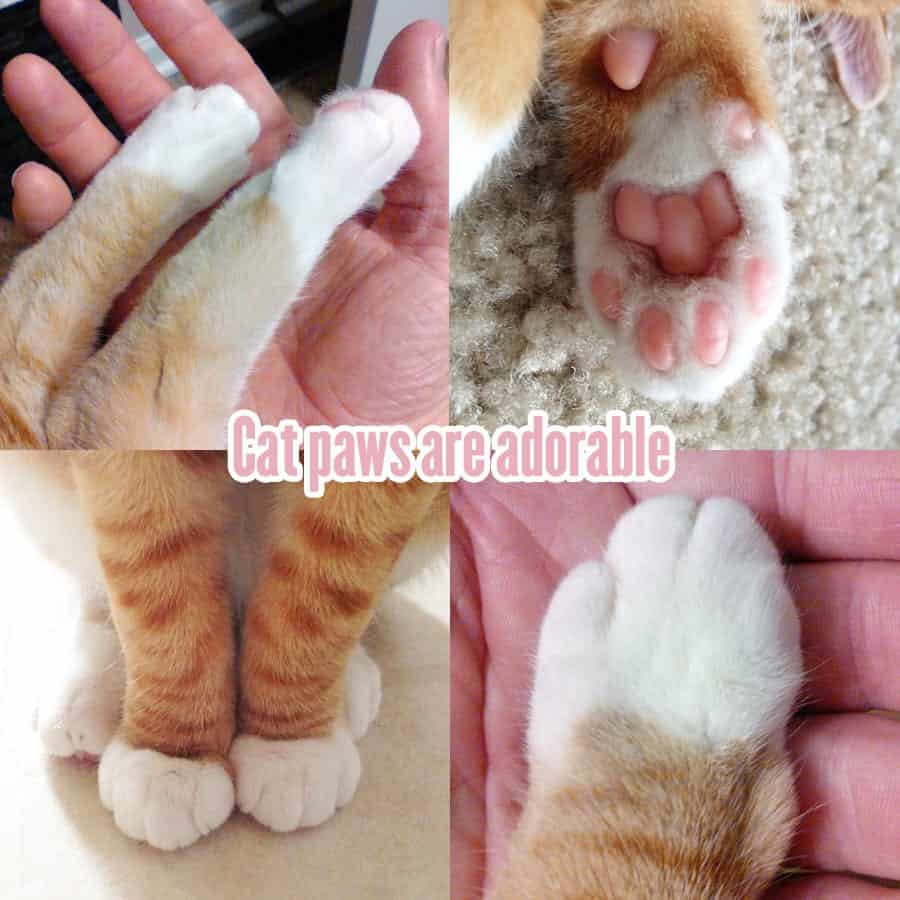



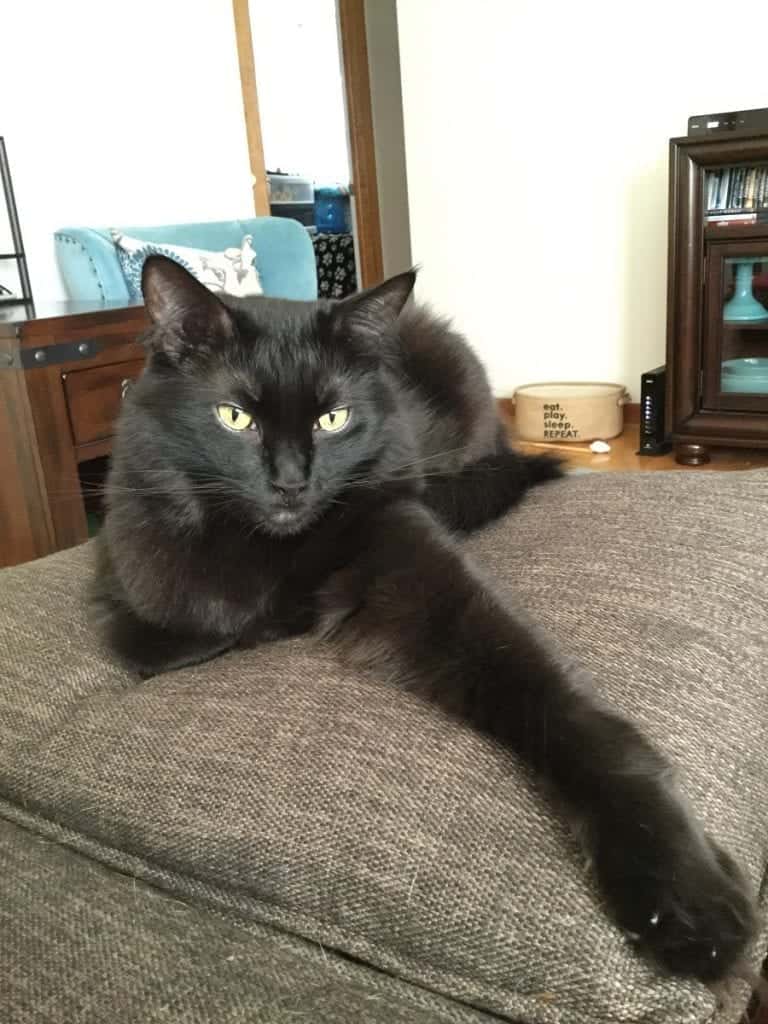

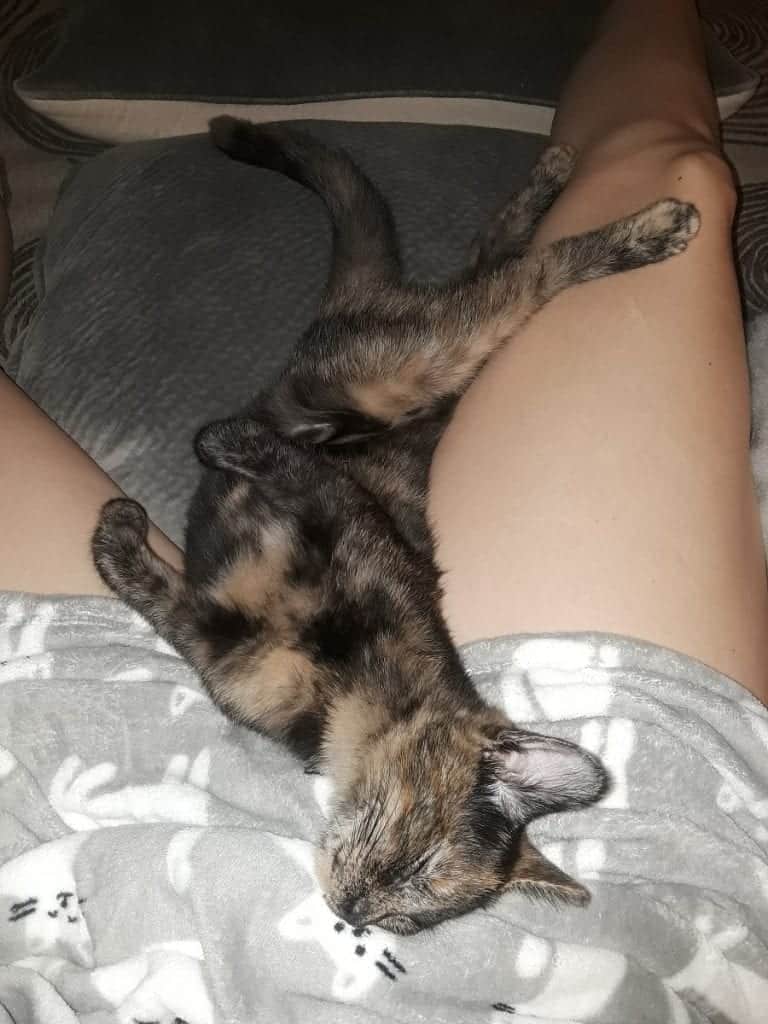
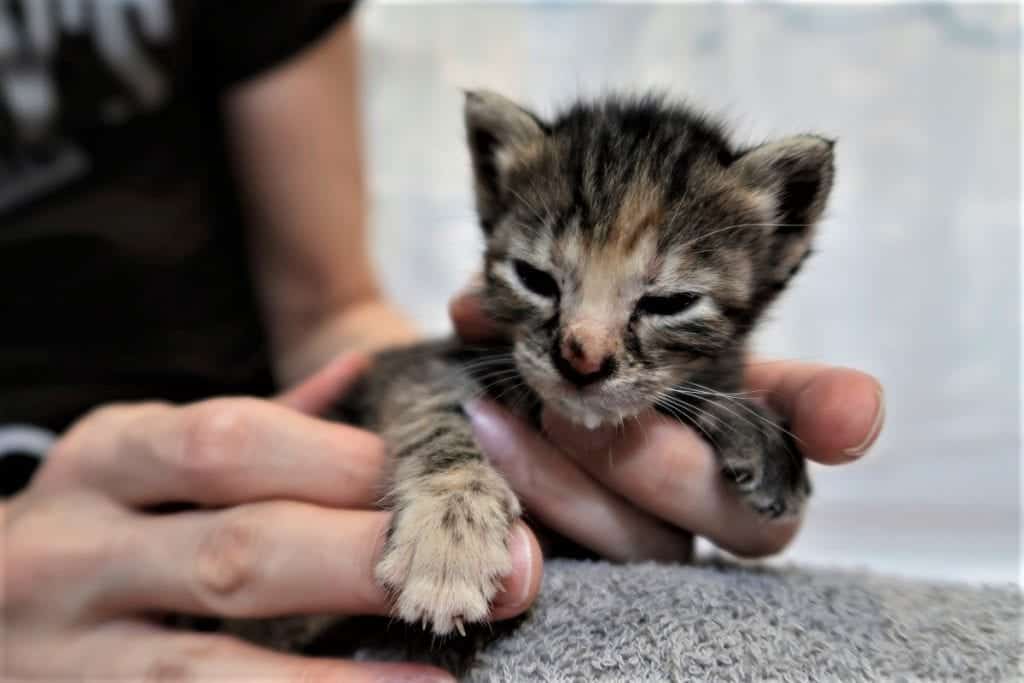

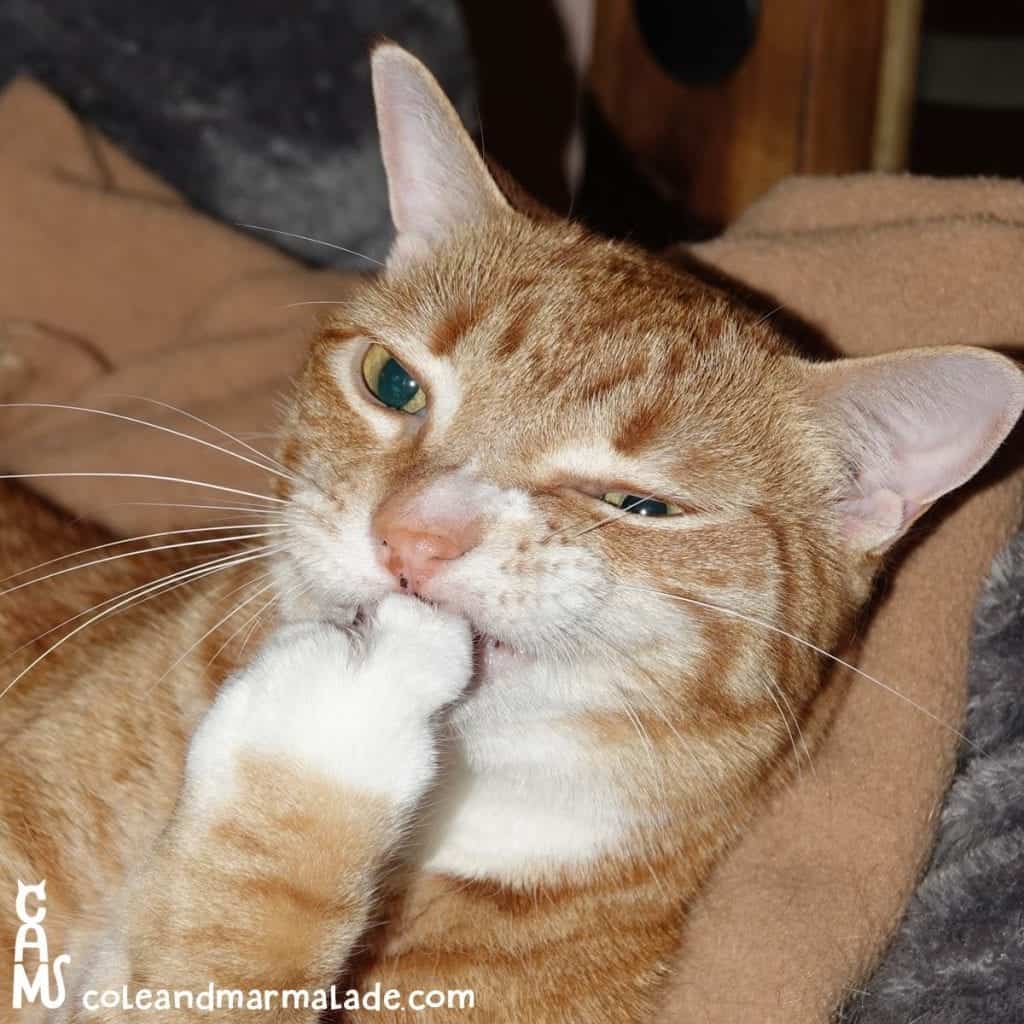

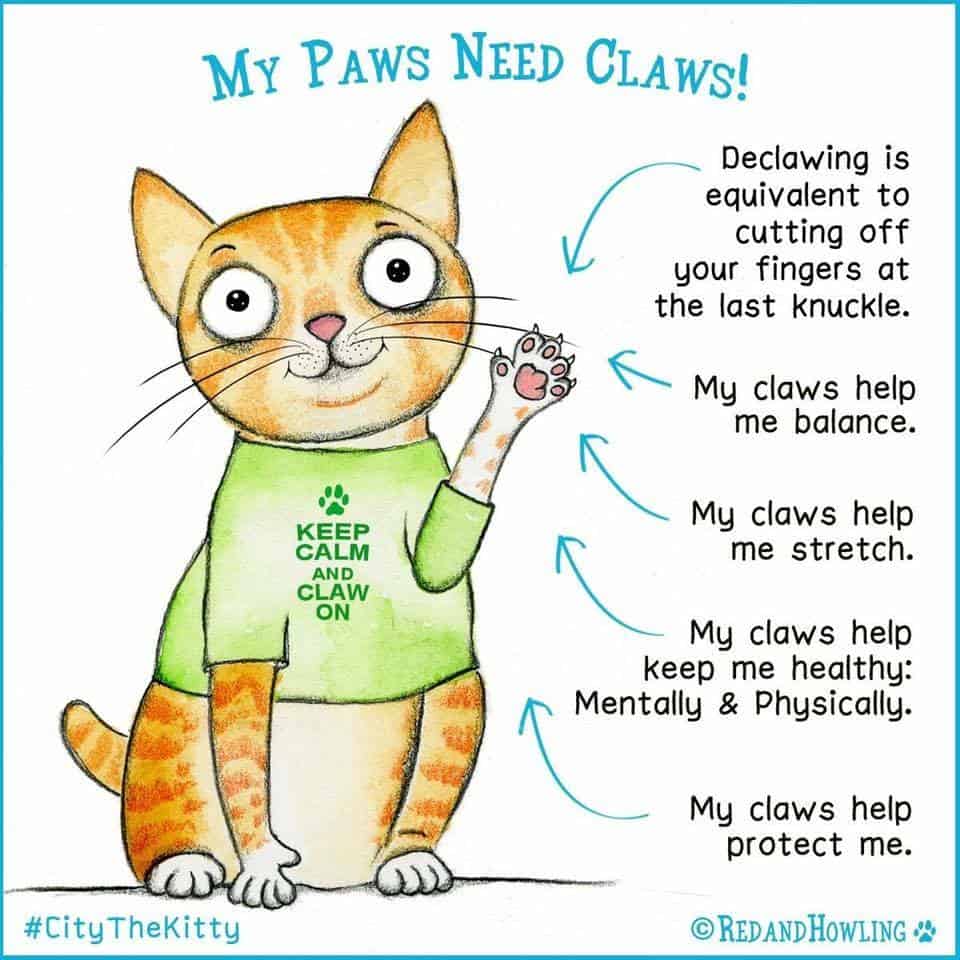
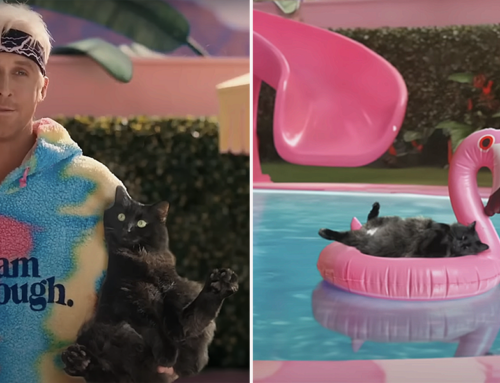

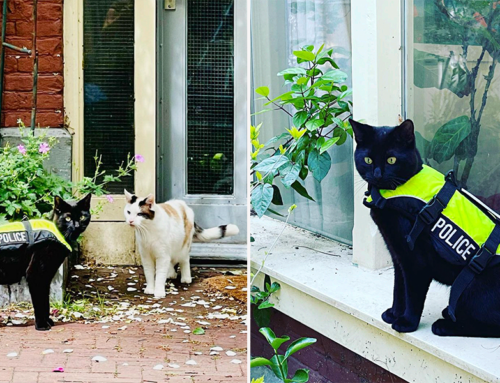
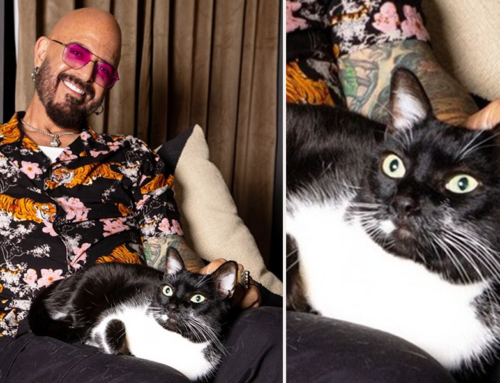




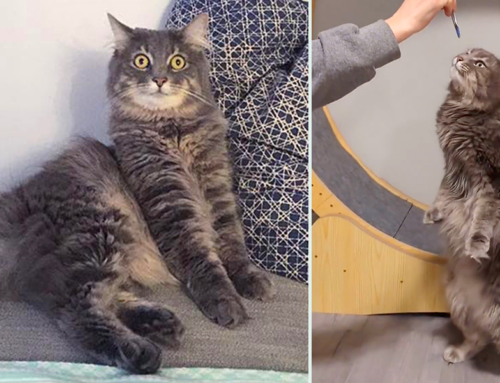
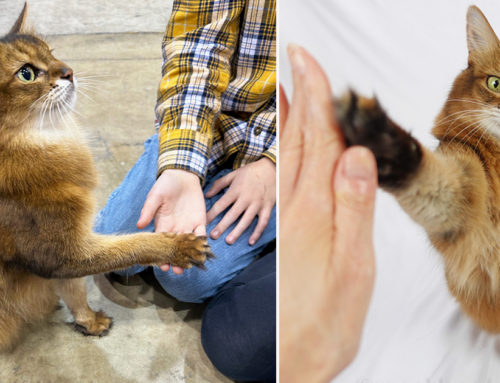
We got our cat Henry when he was 5. And he is the most docile cat when it comes to trimming his claws. I pick him up, hold him like a baby on his back in my lap, with treats and the clippers nearby. He will just lay there until I put him back on the floor upright once all claws are trimmed. He’ll just lay there, and complain just a little in his scratchy meow. And then of course purr while eating his treats afterward. I think we got lucky because he is also great at the vet. They don’t even have to shave him to get blood samples. He just freezes, meows a tiny bit, and lets you get along with business. Clipping his claws is so easy with him.
Jackson Galaxy demonstrated a method of letting the cat sit, then lifting your cat’s arm even with or just above his head slightly to do the trimming. This worked wonders on one of my cats who would always bite me. Now I don’t even have to lift his arm up. he just lets me do it.
LOL- al my kitties have had their nails done regularly since they entered our home (in some cases, at birth, and at 1 week of age). None have been quicked, it’s a common occurrence. Treats are always on hand, HOWEVER, Sebbie (who was about 10 weeks old when we adopted her, took an intense dislike to me after the youngest showed up. She prefers her older brother. That’s okay. The youngest, though always having done his nails, no quicking, etc . has become my cat from hell when it’s time to trim nails. He’s not food motivated, will eat some treats, but isn’t always thrilled. And he will scratch, bite and try to eat you alive. I’ve had to resort to gabapentin solution, a cat muzzle and sometimes a towel. I have several cat trees around, they’re all regularly treated with catnip. I have several of the corrugated cardboard (heavy duty) scratch pads all treated with catnip. The one who loves her older brother, watches him scratch wildly on the pad, sniffs it and then scratches furniture. I love them….. they’re all so very different.
Oh, the dreaded nail trimming! We adopted our first cat, Rocky, when he was two years old. Unfortunately, his previous owners had him declawed. : (
Rocky never had an issue with my clipping his back nails. He’d allow my husband to hold him while I went about clipping the eight toenails on his hind legs. Easy-peasy.
Then we rescued our Stromboli who, thankfully, had all of his nails intact, but never took to having his nails trimmed. Maybe it’s because he was between 9 mos. and 1 year when we adopted him, so he never truly had any time to adjust to anyone trimming his nails, but it’s always been an uphill battle.
The only things that I’ve found to help a bit: timing the trimmings for right after he wakes up from his morning nap and giving him some treats. It doesn’t make the process totally stress-free, but I’ve been trimming his nails for 13+ years now, and we have both got as comfortable with it as we’re ever gonna’ get!
Good luck!
Best method I’ve found for trimming the back claws…have someone hold them to cuddle (and distract) while another trims.